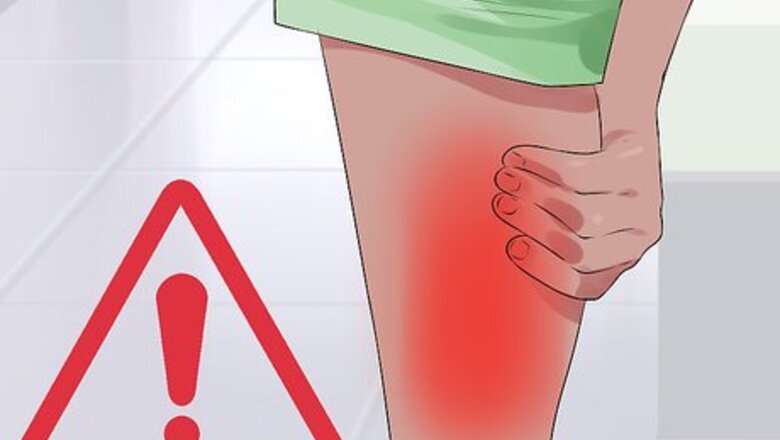
views
X
Trustworthy Source
National Heart, Lung, and Blood Institute
Research and education center within the National Institutes of Health
Go to source
Identifying Peripheral Artery Disease
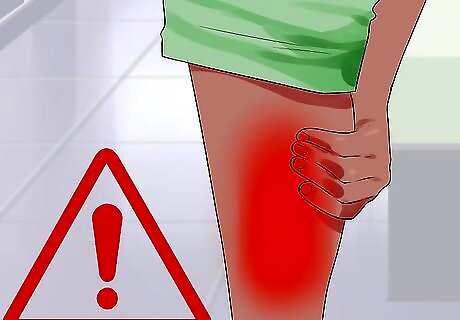
Pay attention to limb pain and numbness. Many people will assume that pain in the legs is a normal part of aging. However, it is not normal and can be a sign that you have peripheral artery disease. Pay particular attention to pain and muscle cramping in the legs and hips while walking, exercising, or climbing stairs. Muscles in action need more blood flow than muscles at rest. This is why a person with PAD is more likely to have pain when moving, because the muscle can't get the added blood flow it needs.
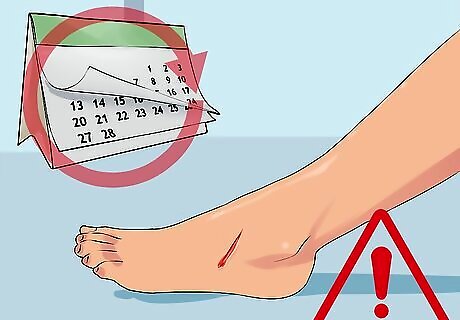
Be suspicious of foot injuries that won't heal. Because blood flow to the limbs is limited, it will take injuries to the feet longer to heal if you have PAD. Pay attention to cuts or lacerations that won't heal or take a very long time to heal. In severe cases of PAD, the tissue on the feet can get gangrene or die due to lack of blood flow.
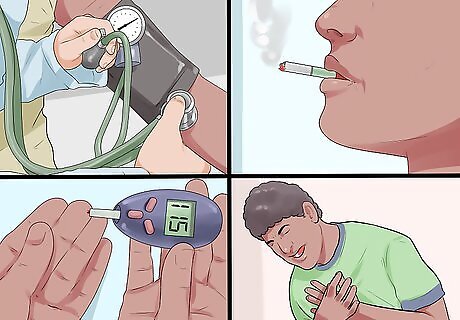
Identify your risk factors. In addition to the symptoms of PAD, you should also be aware of the potential risk factors that might increase the chance you have the disease. The risk factors for PAD include: Smoking Age Diabetes High blood cholesterol High blood pressure Heart disease Stroke.
Getting a Medical Diagnosis
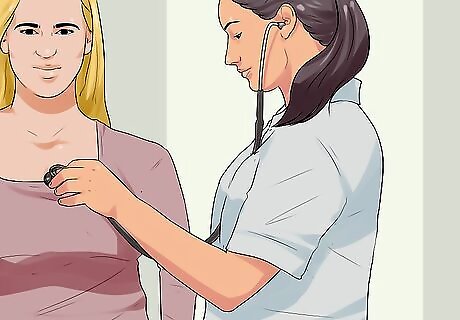
Go to your doctor for a physical exam. If you are having pain or numbness in your legs or arms, you should get checked out by a doctor. Your doctor will ask you about your symptoms and how long they have been going on for. Be sure to answer all of your doctor's questions honestly, even if they ask you about risk factors, such as smoking.
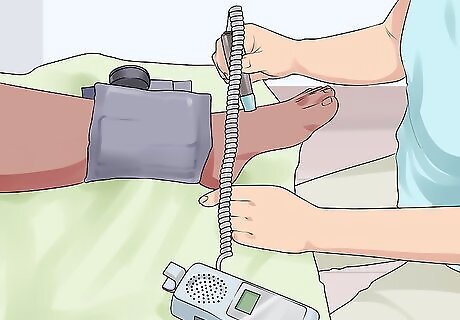
Have the ankle-brachial index test done. This is a simple and non-invasive test that compares the blood pressure in your foot to the blood pressure in your arms. It is done with a simple device, should take only a few minutes, and may even be done as a part of your regular medical exam.

Agree to imaging tests. If your doctor suspects you have peripheral artery disease due to the results of the ankle-brachial index test, they may want to do further testing. Your doctor may suggest an ultrasound, a CT scan, or a MRA scan, all of which are imaging tests. All of these tests are non-invasive and quick to perform. The doctor may also want to do an angiography. This is a more invasive test, in which a dye is injected into the artery and an X-ray is taken to show blood flow.
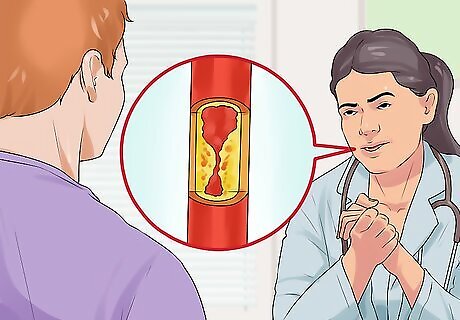
Discuss the diagnosis. Once your doctor does enough tests, they will come to you with a diagnosis. If the diagnosis for your symptoms is peripheral artery disease, then the doctor will want to discuss treatment. If you have peripheral artery disease, your doctor should be able to give you a definitive diagnosis with proper testing and analysis of those tests.
Treating Peripheral Artery Disease

Take medicine. If you are diagnosed with peripheral artery disease it is likely that your doctor will prescribe medications to help control the condition. This is very important for your limb health, as well as limiting the risk of other diseases that can be associated with peripheral artery disease, such as stroke or heart attack. Medications that are commonly prescribed for people with peripheral artery disease include those that lower cholesterol and high blood pressure, and medications that will prevent blood clots.

Make lifestyle changes. There are a variety of things that you can do to treat your peripheral artery disease and to improve your health. These include, most importantly, making dietary changes and exercising more often. If you can improve your diet by decreasing your fat and cholesterol intake, it will likely decrease your blood cholesterol and blood pressure. This, in turn, will decrease the likelihood of more plaque building up in your arteries. Exercising can increase your circulation and decrease your blood pressure and cholesterol.
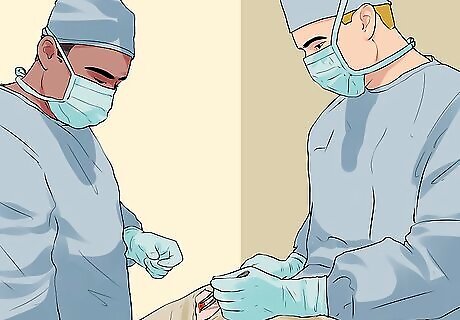
Consider getting a medical procedure. In some serious cases of PAD a person may need to get a procedure or surgery to treat the condition. If medication and lifestyle changes don't work, your doctor may recommend that the arteries get cleaned out or stents get placed in your arteries, which will allow blood to flow freely through them.This procedure is done through a small incision and is considered a minimally-invasive procedure. If the problem is very serious, your doctor may recommend surgery. The surgery used for peripheral artery disease will take a vein from elsewhere in the body and use it to bypass an artery that is severely blocked.














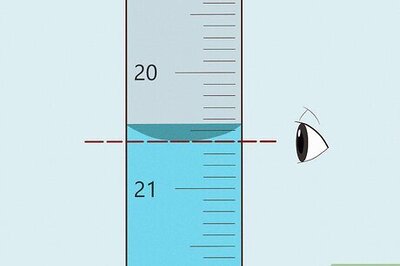


Comments
0 comment